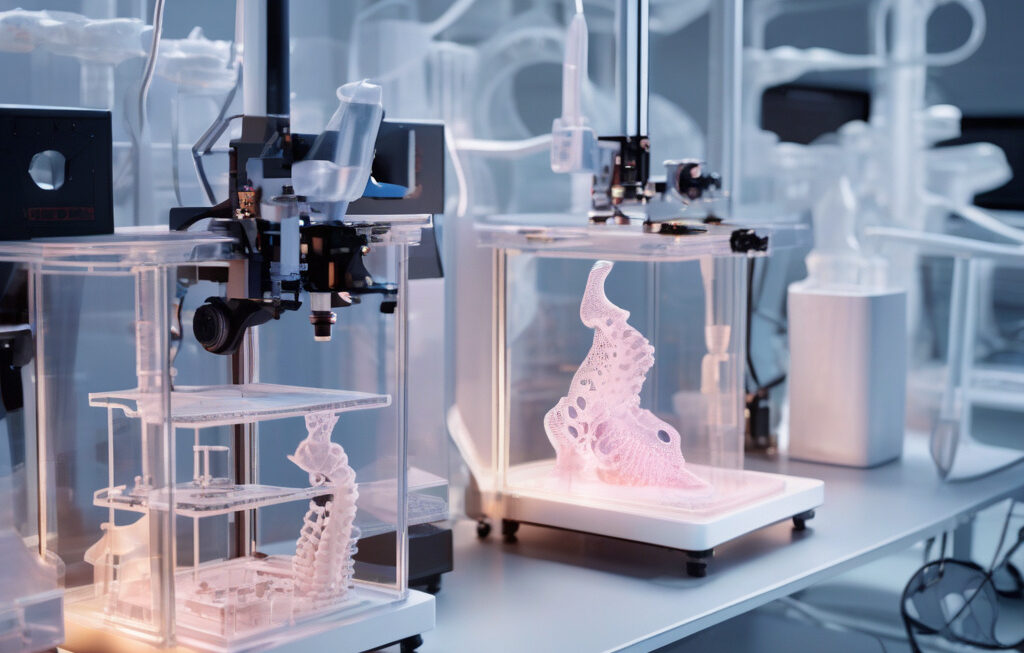Reviving Hope: New Recovery Technique Brings Dead Donor Hearts Back to Life Without Reanimation
For the first time, donor hearts that once lay still after death are being revived through an innovative recovery technique, offering a glimmer of hope for patients in need of life-saving organ transplants. This groundbreaking approach, developed by a team of pioneering researchers, is set to revolutionize the field of organ donation and transplantation.
Traditionally, donor hearts are harvested following brain death, where the heart continues to beat with the help of life support systems until it can be transplanted into a recipient. However, this new technique focuses on hearts from donors who have experienced circulatory death, where the heart stops beating on its own. In such cases, the window of opportunity for organ recovery is significantly shorter, posing a challenge for transplant surgeons.
By utilizing a combination of advanced perfusion technology and specialized solutions, the research team has been able to revive donor hearts that were previously deemed unsuitable for transplantation. This process involves rapidly cooling the heart to preserve its viability, followed by perfusing it with a tailored solution to restore function and remove any accumulated damage. Through this method, the hearts regain their beating rhythm and exhibit signs of cellular activity, making them viable for transplantation.
One of the key advantages of this new technique is its ability to expand the pool of donor hearts available for transplantation. By rejuvenating hearts that would have otherwise been discarded, more patients on transplant waiting lists can receive the life-saving treatment they desperately need. This development has the potential to address the growing disparity between the supply of donor organs and the demand for transplants, ultimately saving more lives in the process.
Moreover, the use of hearts from circulatory death donors presents ethical considerations that differ from those associated with traditional organ donation. As these hearts are recovered after the heart has stopped beating, concerns regarding the determination of death and the initiation of organ procurement arise. However, proponents of this technique argue that the benefits of increasing the donor pool and saving lives outweigh these ethical concerns, emphasizing the importance of informed consent and transparent practices in the donation process.
In addition to its implications for organ transplantation, this new recovery technique holds promise for further advancements in medical research and treatment. The ability to revive and restore function to non-beating hearts opens up possibilities for studying cardiac physiology, developing new therapies for heart disease, and potentially even creating bioengineered hearts for transplantation in the future.
As the field of organ donation and transplantation continues to evolve, innovations like this recovery technique demonstrate the power of human ingenuity in overcoming complex medical challenges. By pushing the boundaries of what is possible in healthcare, researchers and clinicians pave the way for a future where organ shortages are no longer a barrier to life-saving treatments.
In conclusion, the development of a recovery technique that brings dead donor hearts back to life without reanimation represents a significant milestone in the field of organ transplantation. With its potential to increase the availability of donor hearts and save more lives, this innovation offers hope for patients in need of critical interventions. As research in this area progresses, the impact of reviving once-silent hearts may reverberate across the broader landscape of medicine, inspiring new approaches to addressing unmet medical needs and advancing patient care.
#OrganDonation, #Transplantation, #MedicalInnovation, #HeartHealth, #SavingLives












